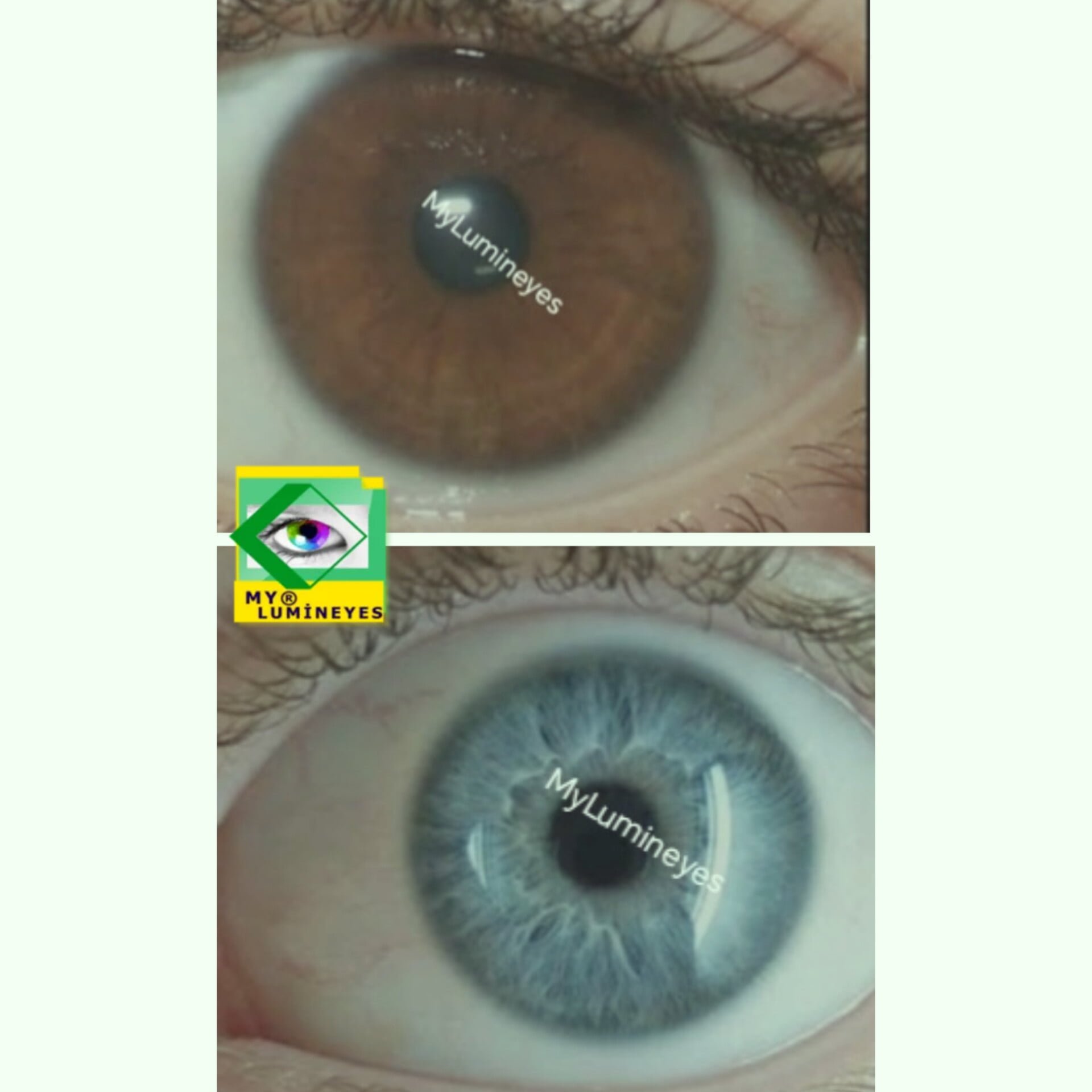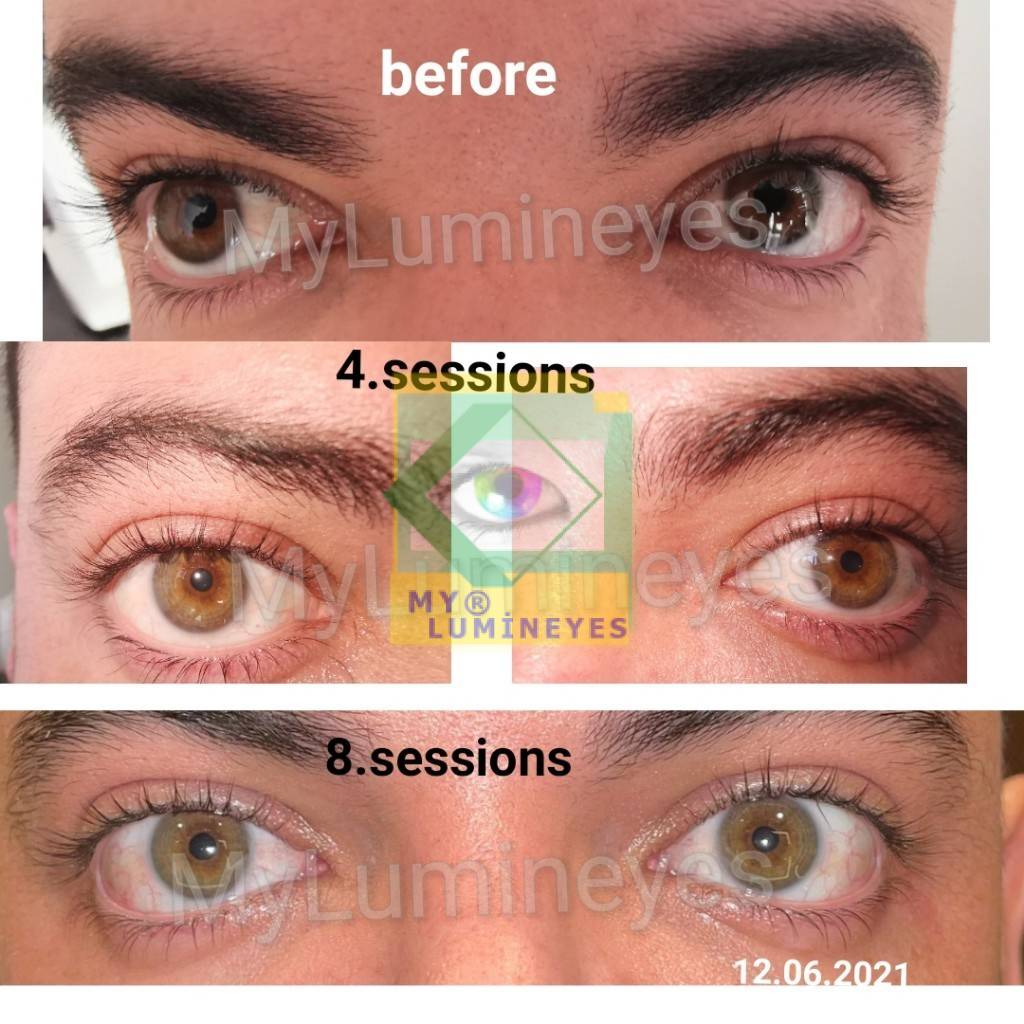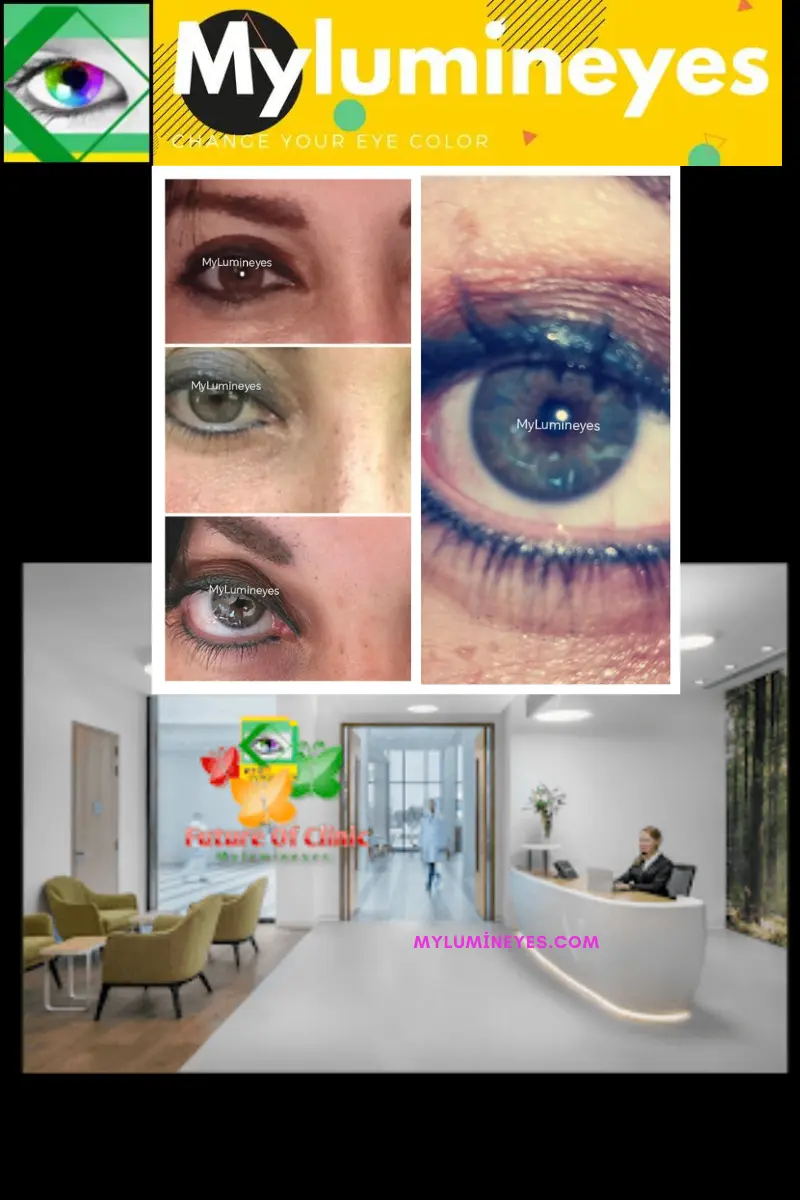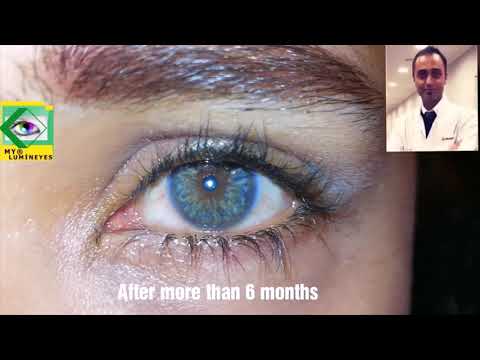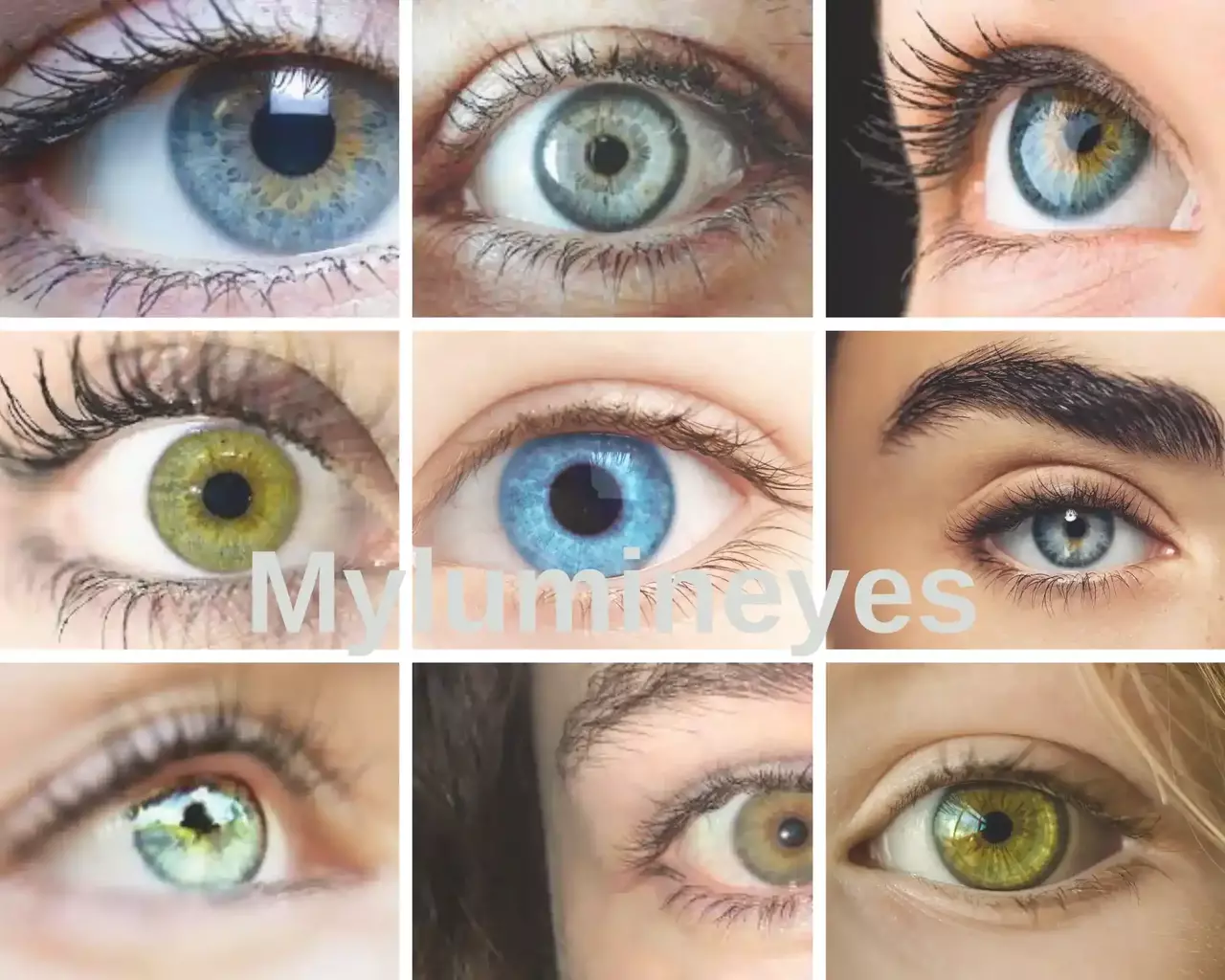Laser eye surgery risks and laser types
Are laser treatments on the eyes and human body safe? Medical lasers have been extensively used in the treatment of several medical conditions. Although it may seem implausible, it is possible to get pain alleviation by the use of light energy emitted by a laser. The application of laser light energy to the body has a number of advantages, including the ability to promote the growth of nerves, the relaxation of muscles, the acceleration of the healing process in tissues that have been injured, and the reduction of pain and inflammation.
Laser radiation safety is a field of study that involves the ideas and processes that are applied to ensure that lasers are manufactured, operated, and integrated in a manner that is compliant with safety standards.
The reduction of the risks that are involved with laser eye surgery, particularly those consequences that include eye injuries, is the major focus of this field of study. “
Due to the potential for lasting ocular damage resulting from exposure to even modest levels of laser radiation, governmental rules are often implemented to control the sale and use of lasers. The primary factor contributing to laser radiation harm is thermal effects, while photochemical reactions may also be a matter of concern for certain wavelengths of laser radiation. The eye may sustain harm from lasers of even modest strength.
High-intensity lasers has the capability to cause thermal damage to the skin. Certain lasers possess such high levels of power that even the scattered reflection emanating from a surface may pose a significant risk to eye health.
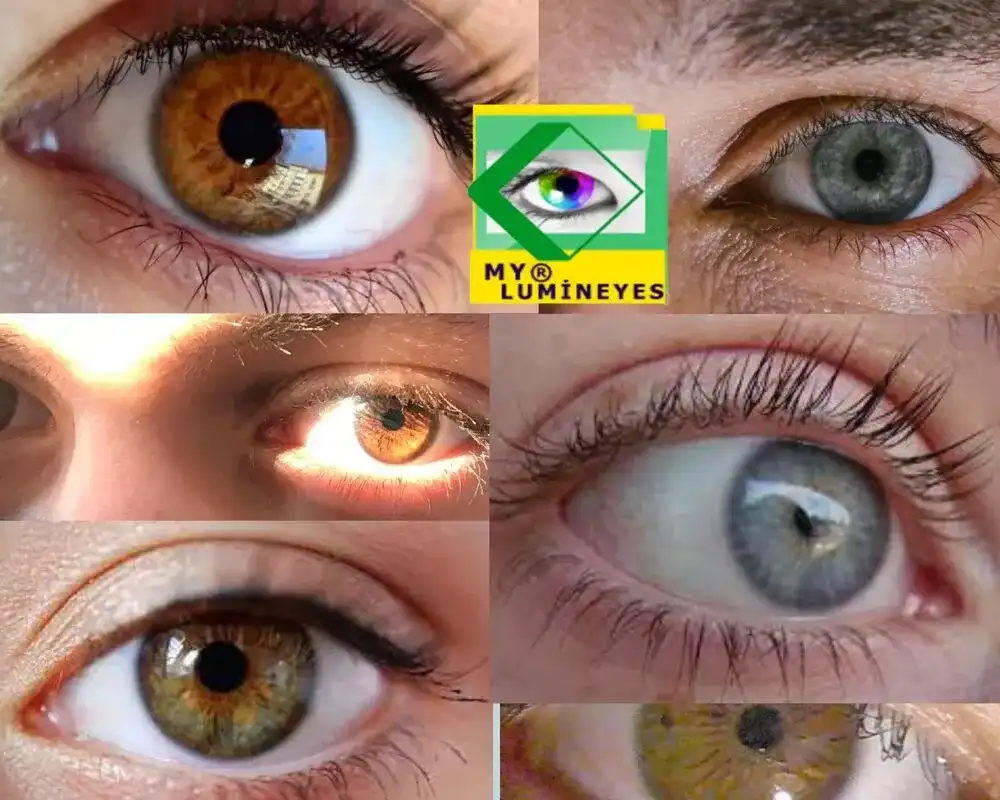
Laser eye color change is the precise removal of pigment from the surface of the iris using a laser beam.
Laser Eye Color Change is a procedure that uses a laser beam to remove pigmentation from the iris, revealing the hidden blue and green colors behind the melanin. The Lumineyes 8G laser, which embodies the highest level of modern laser technology, is employed to securely change your eye color.
The Lumineyes 8G laser is categorized as an iris-selective laser, rendering it the most secure laser technology currently accessible.
Lumineyes laser eye color change surgery is a specialized treatment that modifies the color of the iris by specifically targeting and removing the pigment cells responsible for eye coloration. When individuals are absent, the pigmentation of brown irises may seem to have a bluish hue. This is due to the absence of pigmentation in blue eyes.
The procedure is limited to those with brown eye color. The Lumineyes laser eye color change surgical treatment employs a low-energy laser beam that traverses the transparent cornea of the eye, causing a little increase in temperature to the brown pigment located on the anterior aspect of the iris, which constitutes the pigmented portion of the eye. The use of heat initiates a chemical reaction that leads to the elimination of the brown pigment, therefore exposing the inherent blue or green hue of the eye.
What is the broadest definition of laser? is laser eye surgery risky?
A laser is a device that utilizes stimulated emission to generate light that is coherent and amplified. A laser is an abbreviation for “Light Amplification by Stimulated Emission of Radiation.” Laser light is a form of non-ionizing radiation. Utilizing laser technology allows for the production and amplification of light with distinct properties that are unattainable through alternative means. The light that is produced is monochromatic, meaning it consists of only one color with a very specific wavelength. Laser radiation may be generated in several parts of the electromagnetic spectrum, encompassing ultraviolet, visible light, and infrared.
The characterisation of laser light color is commonly described in terms of the laser radiation’s wavelength. The primary measurement utilized to measure the wavelength of a laser is the nanometer (nm), which is equivalent to one billionth of a meter.
The light emitted by alternative sources consists of diverse combinations of colors characterized by varying wavelengths.
Lasers possess the characteristic of coherence, making them generators of light with high levels of coherence. The aforementioned characteristic denotes that lasers emit light that is monochromatic, exhibiting a singular or specific wavelength, and has a coherent property whereby all photons, or light “particles,” propagate in a uniform direction.
The inherent property of directionality of laser beams enables them to possess a high degree of focus, resulting in a collimated nature that prevents the dispersion commonly seen in flashlight beams. Due to the ability to confine the light beam inside a very restricted spatial extent, it exhibits a notable magnitude of radiant output per unit area. These characteristics facilitate the ability of laser systems to generate high-intensity laser beams capable of effectively severing metal.
Lasers find use in healthcare settings for a variety of purposes, including but not limited to cutting, sealing, and performing surgical operations.
The ability of laser radiation to concentrate onto a minute area on the retina is facilitated by the coherence and low divergence angle inherent in laser light, as well as its capacity to be focused by the lens of the eye. A temporary elevation of just +10°C has the potential to cause irreversible damage to retinal photoreceptor cells. at the event that the laser has enough power, it has the potential to induce lasting harm at a time interval that is less than the duration of a single blink.
Lasers with adequate power levels within the visible to near infrared range (400–1400 nm) possess the ability to penetrate the eyeball, potentially resulting in thermal effects on the retina. Conversely, laser radiation with wavelengths below 400 nm or above 1400 nm is predominantly absorbed by the cornea and lens, which can lead to the formation of cataracts or burn injuries.
How to Change Your Eye Color Using Laser?
The application of laser shots on the iris promotes pigment transfer to the aqueous humor, resulting in a permanent lightening of the iris’s eye color. Lumineyes, a cure for changing eye color, has been shown safe and effective.
Nevertheless, there are more techniques for altering the color of one’s eyes. A considerable number of persons express discontentment with the natural endowment of eye color and have a desire for possessing the most uncommon ocular hue. Individuals with brown eyes express a preference for blue eyes, whereas individuals with blue eyes exhibit a desire for eyes of a deeper hue. The Lumineyes laser eye color change is a medical technique that aims at changing the color of the eyes using laser technology.
The “Mylumineyes” technique employs an advanced laser system of the utmost technological sophistication for the purpose of pigment selection.
This laser has a high level of regard for ocular tissues. Hence, in contrast to prevailing online discourse, the observed incidence of adverse effects is minimal. The method of laser-induced eye color change yields outcomes that are both natural and enduring, while also promoting overall ocular health. It is widely acknowledged that changing one’s eye color via laser technology is feasible.
Nevertheless, the major objective of this investigation is to assess the practicality of implementing such a modification in a way that is both secure and favorable for preserving visual well-being. Perhaps it might be considered too ambitious, but really, it is a possibility.
Lasik laser surgery is a viable and secure alternative for ocular treatment. Moreover, it is worth noting that the “Lumineyes laser eye color change” method is comparatively safer in comparison to the well known lasik process.
Laser surgery for Glaucoma
Selective Laser Trabeculoplasty (SLT) is a medical procedure that utilizes laser procedure to treat glaucoma. SLT is a laser-based surgical intervention used for the purpose of reducing intraocular pressure (IOP) in individuals diagnosed with open-angle glaucoma. Basically selective laser trabeculoplasty (SLT) is used to treat the ocular drainage system, specifically targeting the trabecular meshwork. By this way The complex web of channels that surrounds the iris is referred to as the trabecular meshwork. The canals are crucial for facilitating the removal of fluids from the eye.
What are the potential ocular risks associated with laser usage?
The ocular organ is very susceptible to harm resulting from exposure to a laser beam. The likelihood of sustaining injuries is contingent upon the strength and wavelength characteristics of the laser beam. Blinking is a reflex action triggered by the presence of bright and strong visible light. Shutting one’s eyes offers a measure of protection.
It is crucial to recognize that the intensity of visible laser light can be sufficiently strong to inflict damage within a brief duration, even faster than the blink of an eye.
The use of an imperceptible infrared laser beam, exemplified by the carbon dioxide laser beam, does not elicit a luminous illumination capable of inducing the reflexive blinking response or constriction of the pupil. Consequently, the probability of sustaining harm is heightened in comparison to an equally intense visible light beam.
The spatial distribution of the damage is contingent upon the optical characteristics of the laser beam. Laser beams within the visible light and near-infrared spectrum are directed at the retina. Consequently, the resulting damage manifest as retinal burns. The cornea has the ability to absorb infrared radiation, which has the potential to result in damage to the cornea and subsequent visual impairment.
What kinds of dangers are associated with the use of lasers?
The laser dangers may be classified into two distinct categories: beam hazards and non-beam hazards. The dangers linked to laser beams encompass the potential to inflict burns on the eyes and skin if an individual’s body is directly exposed to the laser beam. Non-beam hazards refer to the risks linked to laser equipment, including the discharge of noxious compounds and the emission of fumes generated by materials subjected to laser beams, particularly those produced during surgical operations.
What are the benefits of laser surgery in comparison to conventional surgical procedures?
The comparative benefits of laser treatment as opposed to surgical procedures:
- Laser technology in surgical operations minimizes the risk of damage to surrounding tissues compared to traditional surgical approaches.
- Consequently, the duration of healing is expedited, and the level of postoperative pain is reduced in comparison to conventional techniques that need the use of a scalpel and/or cauterization.
- The procedure is non-invasive. This implies that there is little or negligible period of inactivity. Patients have the ability to depart from the clinic, engage in personal hygiene practices such as showering or bathing, and promptly continue their routine activities without delay.
Is laser light considered a carcinogen?
The Potential Carcinogenic Effects of Lasers: While there is a lack of empirical data linking laser therapy to the development of cancer, it is important to note that this does not imply absolute absence of danger or guarantee of safety. This analysis aims to thoroughly examine the potential danger of developing cancer associated with laser therapy, as well as to provide essential information that individuals should be aware of about this matter.
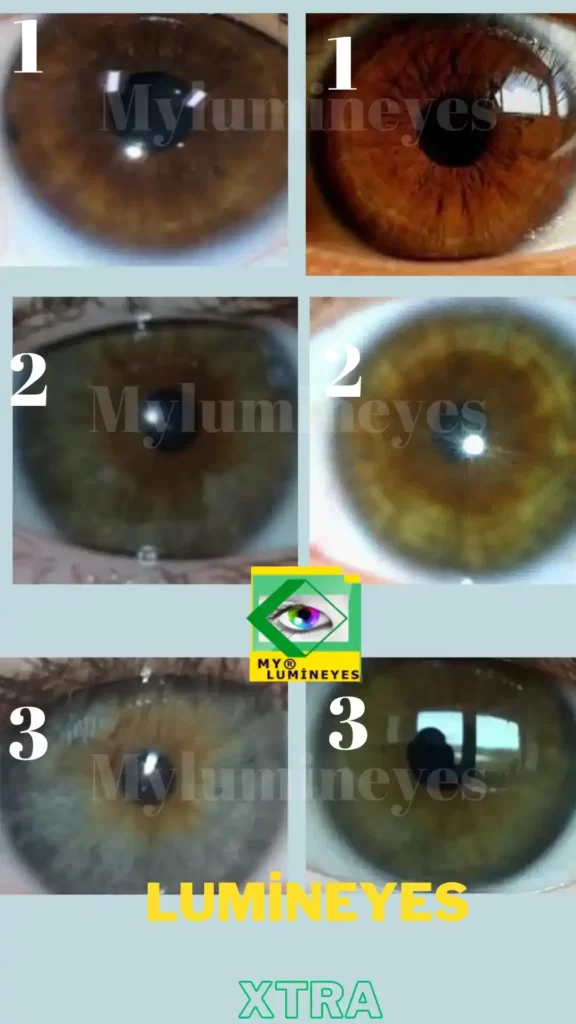
Is the utilization of laser technology on the facial region deemed to be safe?
Undoubtedly, laser hair removal has been recognized as a secure method for eliminating facial hair. Only a small group of people have seen temporary negative effects. After the treatment, the person may have a short period of slight redness or swelling, depending on their skin type.
Which laser is classified as non-hazardous?
Based on current medical understanding, a Class 1 laser is considered to be safe. This course focuses on lasers or laser systems that cannot generate optical radiation levels above the eye’s exposure limits, independent of the specific exposure conditions within the design of the laser product.
Class 2 lasers are deemed to be safe for regular use. The green laser pointers with a power output of 5 mW, falling under classes II and IIIa, are considered to be the most secure option for use.
Higher power outputs are often unnecessary for pointing purposes, since the beam remains visible even under low lighting circumstances. In general, green and red lasers have a somewhat reduced risk of inflicting harm since the human eye is more sensitive to these specific colors, leading to a quick response. Blue and violet lasers have a higher potential to cause harm since our eyes are less sensitive to these specific colors.
The detrimental effects of lasers on biological tissues, including the eye and skin, may be attributed to many causes. In this study, we aim to investigate the impact of social media on mental health. Specifically Thermal damage, sometimes referred to as burn injury, arises when tissues are subjected to elevated temperatures that result in the denaturation of proteins.
Another technique includes photochemical harm, where the interaction of light triggers chemical alterations inside the tissue.
Can eye color normally undergo changes?
What are the elements that influence the alteration of eye color? The natural process of aging leads to variations in eye color as individuals get older. Exposure to light causes an increase in melanin production, which leads to a change in eye color. However, it is important to acknowledge that changes in eye color can occur as a person ages. Individuals of Caucasian heritage, especially those with lighter-colored eyes, may undergo a progressive lightening of their eye color over time.

